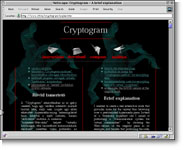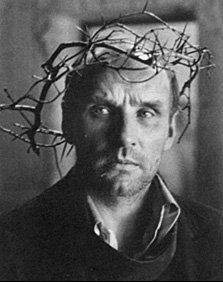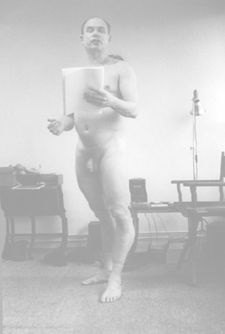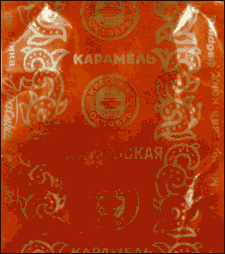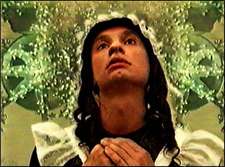‘Image Engine’: Róza El-Hassan’s Latest
Róza El-Hassan. Image Engine. Budapest Ludwig Museum Budapest Museum of Contemporary Art
Róza El-Hassan is one of the great hopes among the younger generation of Hungarian artists. Since 1990 she has continuously participated in international exhibitions. In 1991, at the invitation of Kaspar König, she received a scholarship at the Städelschule in Frankfurt. In 1993, her stone and wall objects were exhibited at the Venice Aperto Exhibition, and, in 1997, she was one of the official artists of the Hungarian Pavilion at the Venice Biennale.
This time, the Ludwig Museum at the Budapest Ludwig Museum Budapest-Museum of Contemporary … Read more

